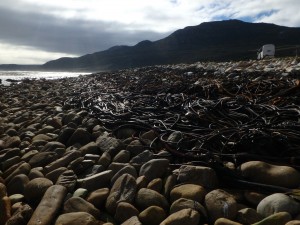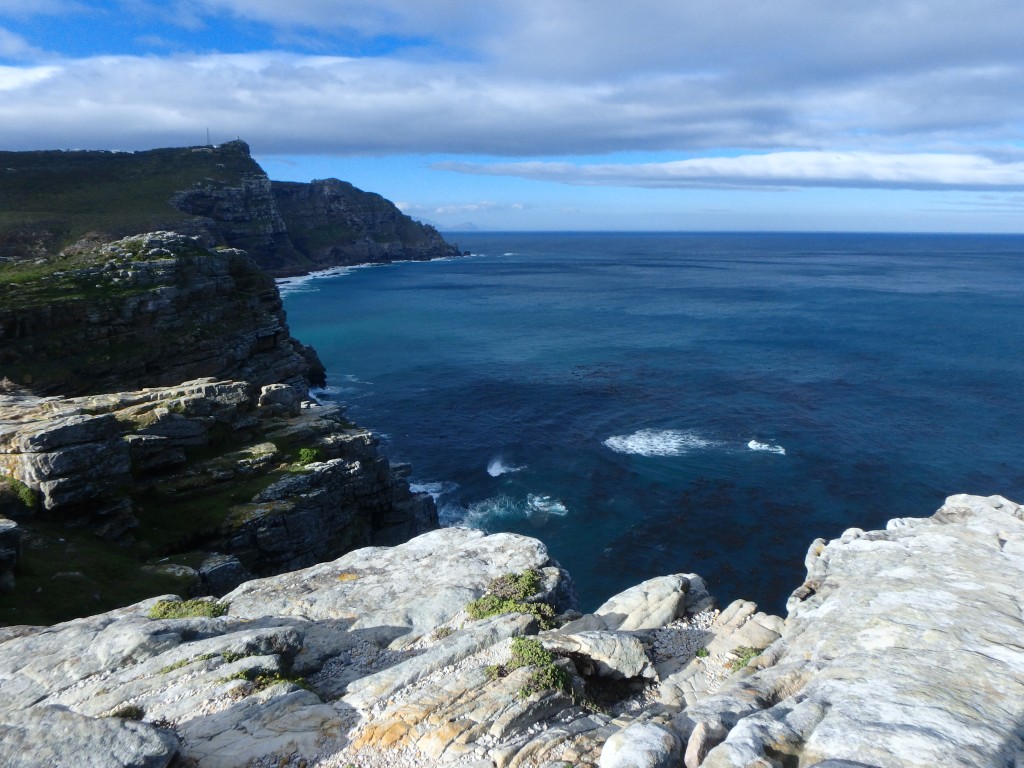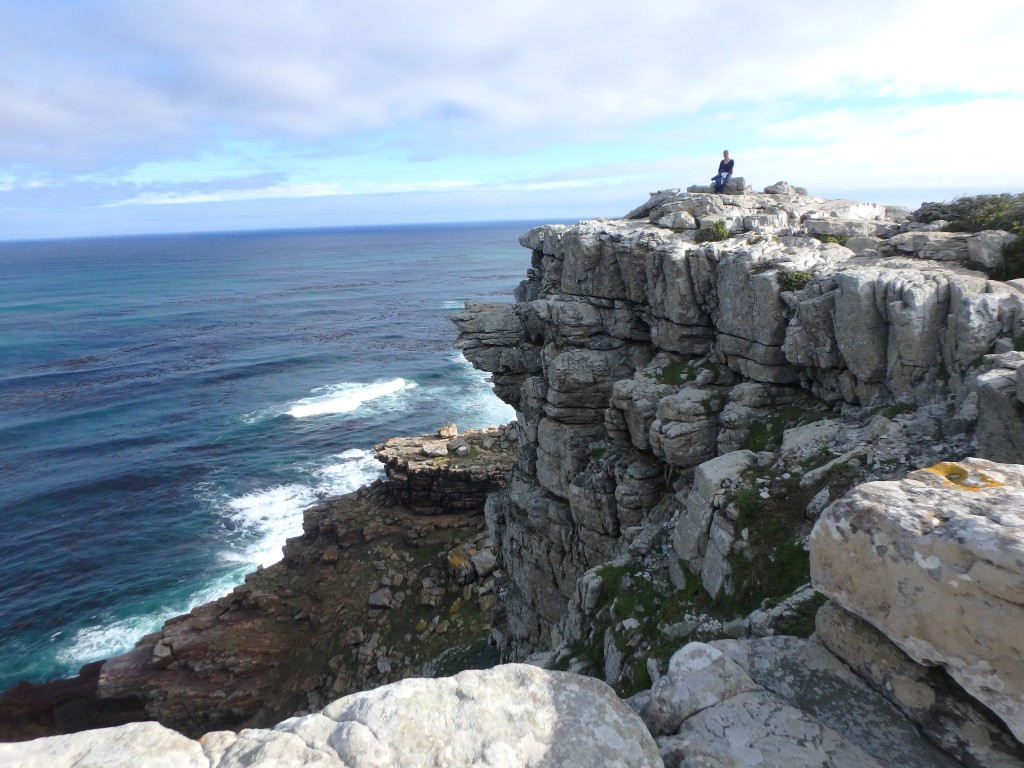buy Gabapentin online cheap June 24th.
I’m not sure what makes some people – like myself – so curious about certain spots on the map. Other people are not so. On my first trip to Europe I took a ferry from France to Ireland, and Land’s End was visible from the boat, and I just stared and stared at it. It wasn’t, by any stretch, the most beautiful part of the English coast. There was grass, and there were rocks, and then there was ocean. But I was fascinated: I wanted to come back to the place, and stand there, and investigate it, as if I could learn something important just by being at the place where the land ended.
All sorts of other places have fired my imagination – I see something on a map, and I want to go. Staring at maps of Louisiana, and seeing the road go south and south and then dead-end at Venice – it made me to see what was there.
These figures on the map that fire our imaginations sometimes live up to expectations, and sometimes do not. I came in to Athens by bus, and found myself standing in Colonus – like, as in Oedipus at Colonus – where the bus terminal was. Sometimes, as in that instance, it almost surpasses expectations by not living up to them: Colonus was almost overwhelmingly underwhelming.
As a kid I learned about two Capes in particular, two places where the land ended which trumped all others: Cape Horn and the Cape of Good Hope. Both were crucial points in the navigation of the world, the exit-doors for the Atlantic Ocean, which was the only ocean known to the early Europeans; great explorers found them and rounded them.
I don’t know about Cape Horn, but the Cape of Good Hope lives up to anything a child could think of it. Perhaps my readers are familiar with Table Mountain, the large mesa which looms over Cape Town in South Africa: in fact the Cape of Good Hope is nothing other than Table Mountain extending south from the city, and jutting like a bent dagger into the sea. All along its flanks, cliffs plunge precipitously down to the ocean; winds rake the entire peninsula; waves pound the exposed shores, and penguins nest in the coves. Sea-fogs sweep over the mountain, and sudden rains precipitate over its flanks; Vasco da Gama, when he first rounded the cape, called it the Cape of Storms.
For Catherine and me it was the end-point of a great journey too: we had driven clear across the country, from Johannesburg to the Cape. And its sea-fogs, cool breezes, and rocky shores made me feel at home, the way the west coast of Ireland does as well. It made sense that Europeans would choose this place, the coolest, wettest, most temperate part of Africa, as their chosen base, and the starting-point for imperial dreams: Cape to Cairo.
 As we drove down through the National Park we stopped to admire the views time and again, and as we got down to the very tip we took our shoes off and walked on the rocky beach. There were sea-urchins in the tidal pools, so we had to watch our step. The beach was lined with a very curious type of sea-weed, thick as a fisherman’s rope and rubbery and heavy; it lay at high-water mark coiled and glistening in the sun like a tangled mass of snakes.
As we drove down through the National Park we stopped to admire the views time and again, and as we got down to the very tip we took our shoes off and walked on the rocky beach. There were sea-urchins in the tidal pools, so we had to watch our step. The beach was lined with a very curious type of sea-weed, thick as a fisherman’s rope and rubbery and heavy; it lay at high-water mark coiled and glistening in the sun like a tangled mass of snakes.
There were tourists by the parking lot, but they didn’t make it much past, and the wind, the huge waves crashing against the rocks, and the sea surrounding us made them seem very small anyway. A huge crag towers a hundred feet above the sea, and a somewhat dilapidated staircase climbs to two good lookout-points. Feeding on a grassy saddle between the higher and lower vantages was a male ostrich with his harem of females; they seemed utterly unconcerned by the tourists, not even bothering to beg from them. There we sat, looking out over the blue-green sea.


Post a Comment